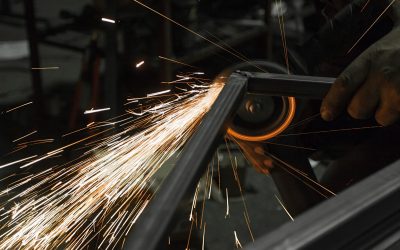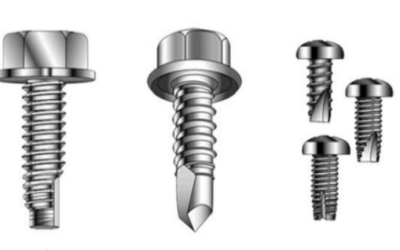Although known most commonly as a pneumatic regulator, this component is actually a specialized type of valve. It is sometimes referred to as a pressure-reducing valve, but its role is to maintain a consistent and constant pressure through the system.
This consistent and constant pressure will be controlled through the valve when there are changes in the pressure of the compressed air coming into the valve or a change in the demand on the output through the valve.
Different Options
There are three different categories or options found in a pneumatic regulator. The first is used across most compressed air systems and is considered a general-purpose valve.
These valves are designed to meet the general standards and requirements for the use of compressed air across most industries. As such, these valves have the specific control and accuracy needed but are also designed to be rugged and to have a long-life cycle.
For use in specific types of applications, special-purpose regulators are often selected. These include controlling the pressure in a variety of different gases, which can be found in medical and dental equipment, various industrial applications and in laboratories and clean rooms. As the pressure of these gases may be outside the range required for compressed air, these valves are often custom designed for the application.
The third type of pneumatic regulator is used for highly pressure sensitive applications where precision control of the output pressure is critical. This is often the case in laboratory applications, in specific manufacturing process, or in highly specialized equipment.
There are many different factors which have to be considered when choosing the right pressure-reducing valve. The type of media, the line pressure, the maximum flow and the precision control of pressure through the valve will all be essential factors for consideration.



